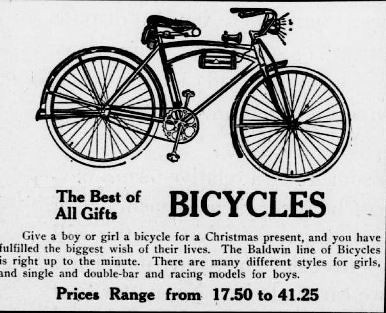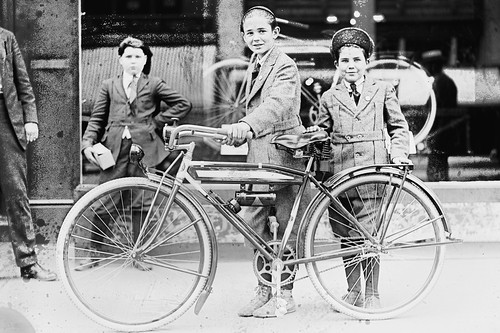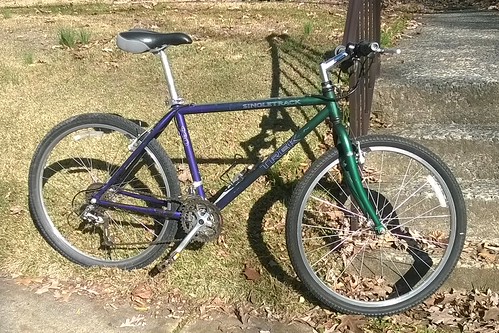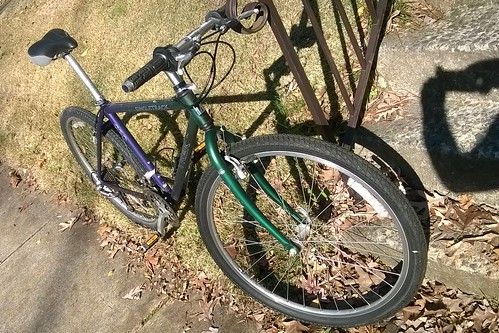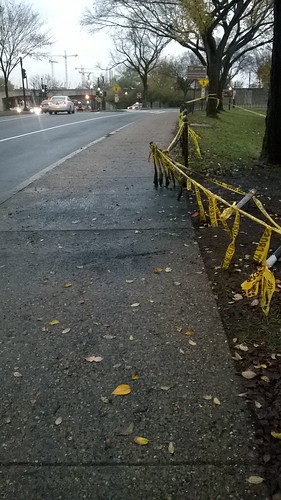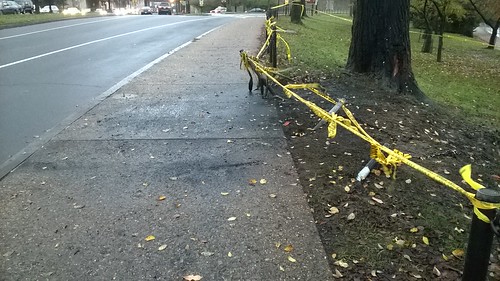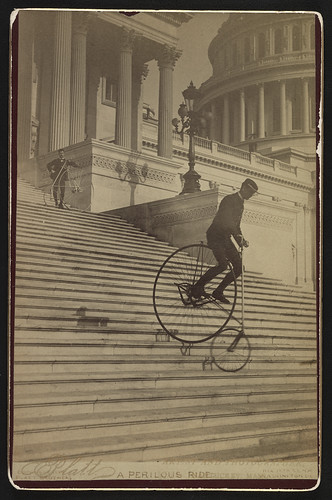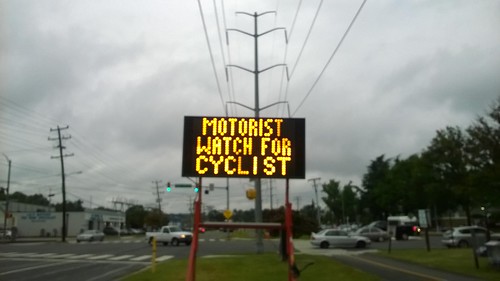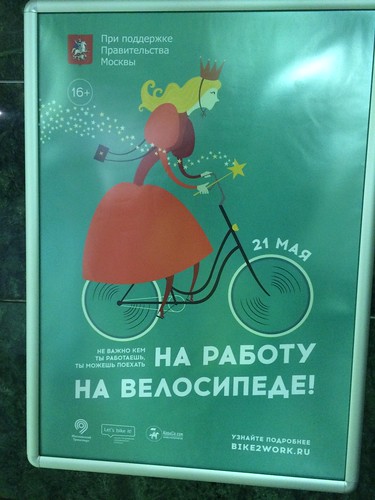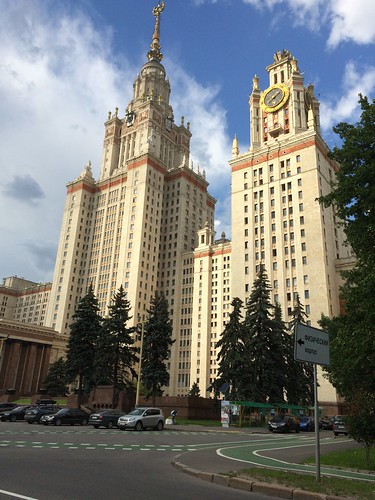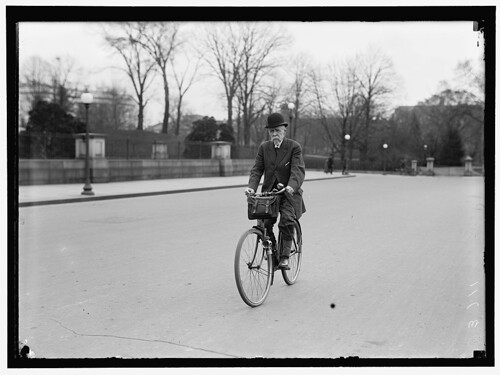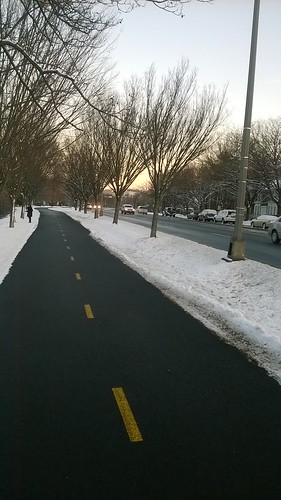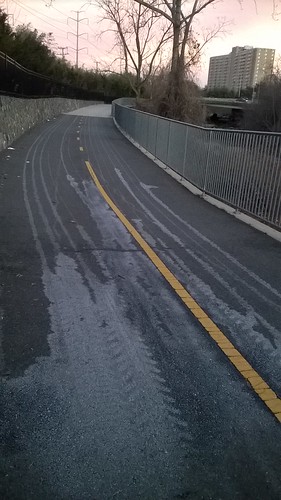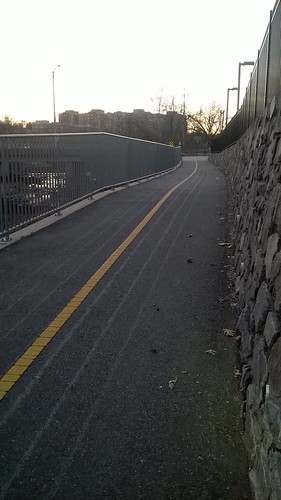 Legends of the Tour by Jan Cleijne
Legends of the Tour by Jan CleijneMy rating: 4 of 5 stars
I don't read many graphic novels - this is in fact a graphic work of non-fiction, documenting some highlights of the Tour de France's history.
Graphic novels can vary widely in amount of text included, and this is at the (very) low end. That was fine for me since I have read at least a dozen different books about the Tour, but I'm not sure that this would be so good for someone who isn't already familiar with the Tour.
The author's style is mostly dark and for the most part he focuses a lot of attention on the dark aspects of the Tour's history (dark in the sense of forbidding and/or foreboding) but the Tour takes place in July, in France, and much of it doesn't have the look and feel of most of this book. That says more about the author than about the subject, I suppose.
The low-text graphic novel approach results in some simplification of what you might read elsewhere - the competition with Hinault and Greg Lemond ends with the two of them riding hand-in-hand, celebrating their sort-of-joint-victory - hmmm. Published in June of 2014, he deals with the problem of doping and Mr. Armstrong's interview with Oprah at the end while expressing hope for redemption for the Tour's future - that the challenges will come from road and the race and not the challenges of doping without discovery, I suppose. Well maybe it will work out that way.
The nice thing about a book like this is it is possible to read through the whole thing in several sittings. It is also interesting to go back and page around and look at it later.
View all my GoodReads reviews of cycling books.
